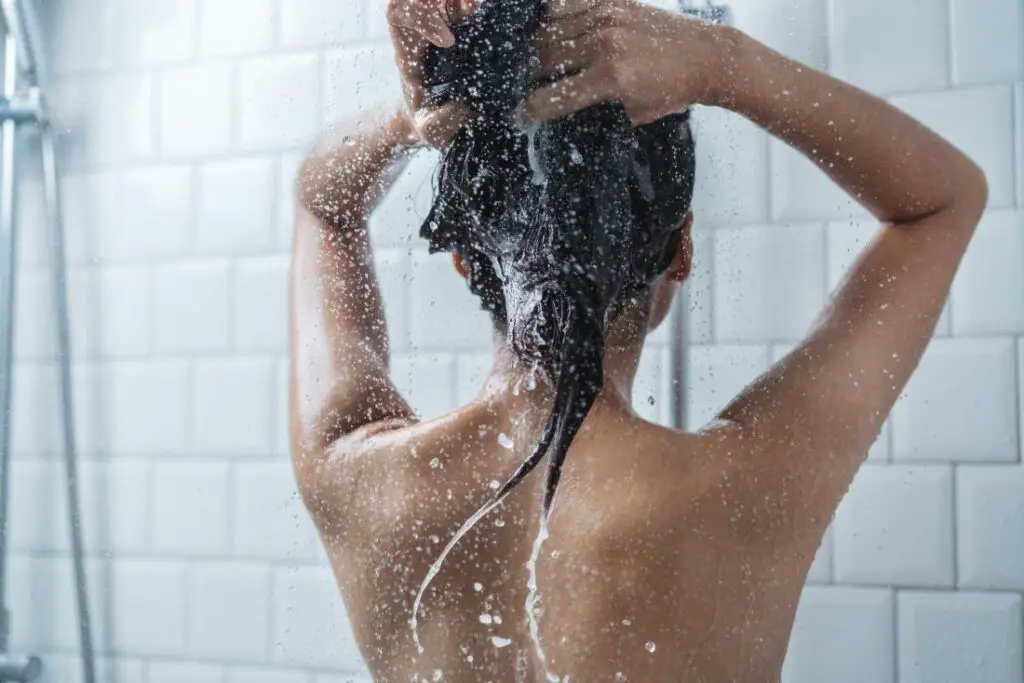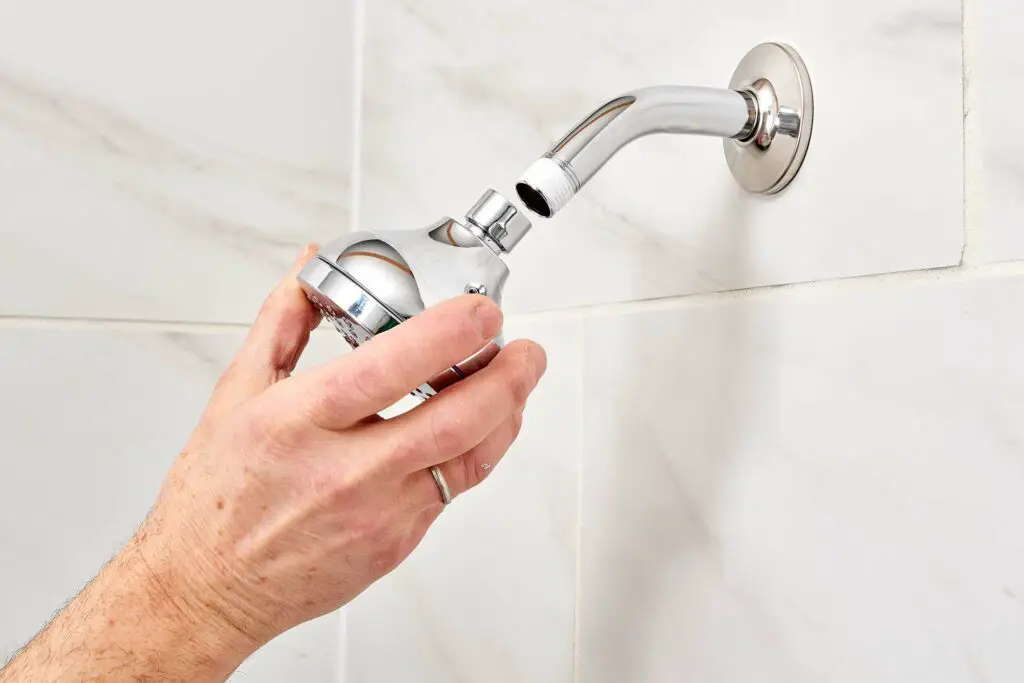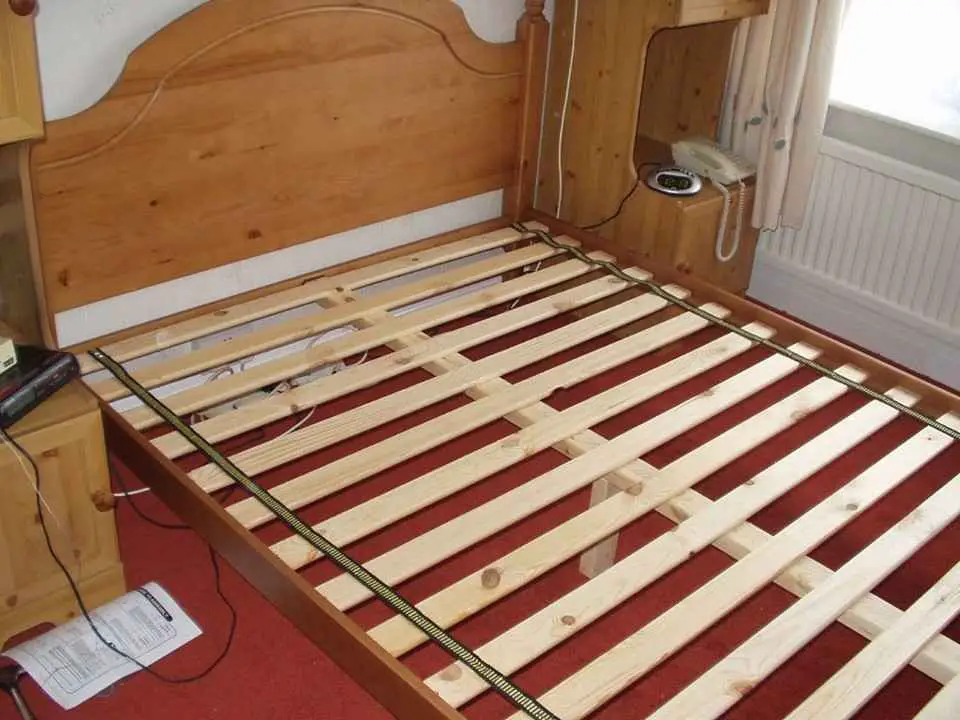After a long day at work, it is calming to return home and take a warm shower, low-pressure water flow can seriously ruin your shower heads and the question is whether a shower head can increase the water pressure.
Showerheads can increase the water pressure by aerating the water or compressing it before it is released from the jets.
However, because high-pressure showerheads are made to extract more water.
To help you comprehend this question better, the remaining portions of this article will cover additional subjects that are closely relevant to it.
To find out how to boost the water pressure in your showerhead, keep reading.
Let’s begin straight away.
How to Increase Shower Heads Water Pressure?
There are several ways to raise the water pressure in your showerhead, some of which may cost you money.
However, it is advisable to test the efficacy of straightforward and affordable solutions first.
Look for alternate options if they don’t.
Here are several methods for boosting the showerhead’s water pressure:
Maintain the Shower Head:

Before rushing to the stores to get a new showerhead, complete this step first.
Sand or grime could be the cause of a shower head’s low pressure. Such debris may collect and obstruct your shower head; thus, cleaning is necessary to improve the flow of water.
The methods you can take to clean your shower head are as follows:
- Take the shower head off.
- Soak the showerhead in a solution of vinegar and baking soda for about 30 minutes.
- Remove it, scrape it, and then thoroughly rinse it with clean water.
- Remove any potential leftover clogs with a brush.
No worries if you can’t remove the showerhead; you can still clean it that way. Put vinegar in a sandwich bag, close it with a rubber band, and hang it over the showerhead.
Ten minutes after placing it in, take it out and scrub the head with a brush.
When you use vinegar to clean your shower, some of the silt and limescale are broken up, allowing the water to flow more freely while you shower.
Remove the Water Flow Restrictor:

Many manufacturers of showerheads have recently started making models with water restrictors.
Customers can prevent high water costs and protect the environment by doing this.
However, if your house doesn’t have enough water, the restrictors will make the already uncomfortable low water pressure worse.
It is necessary to remove the water flow restrictor in order to enhance the water flow to your shower heads.
Check for Kinks:

Kinks have a big impact on how much water flows through your shower head.
It is crucial to check for them because they can be in the water pipe or line.
If flexible lines rather than pipes are used in your shower, this is particularly true.
Alternatively, make sure the hose is not twisted if your shower head is a handheld one.
You will love taking a shower since the water will flow more forcefully if you do this.
Drain the Water Heater:

The water flow to the showerhead can be hampered when material blocks water heaters. The pipes that were connected to it may have been obstructed by sediments.
Verify for Leaks:

Leaky pipes can harm your home’s structure and appearance in addition to lowering the water pressure.
Inspect your home for leaks if your water pressure begins to decline.
In order to correct them and stop future damage, it’s time to hire a plumber if you find any.
Shower During Off-Peak Times:

You can consider taking a shower at off-peak hours if you are unwilling to spend money on addressing low-pressure showerhead problems.
In general, most people take a shower in the morning as their children get ready for school and they get ready for work.
A lot of folks also shower in the evening after a hard day at work.
Due to the high-water demand at certain periods, water pressure will be lower.
And for this reason, choosing to take a shower outside of peak hours can provide you with a showerhead with more water pressure.
Change the showerhead’s settings:

Does your showerhead have a variable flow pattern or spray setting? The following are the typical settings:
- A Jet of high pressure
- Rainfall
- A light spray
- Blast
- Drenching like a firehose
If your showerhead has these settings, fixing your problem might be straightforward.
The situation can be causing a low-pressure jet to emerge from the skull.
Simply reset the spray settings to achieve a higher pressure to correct this.
When the water is running, the settings can be adjusted to produce the ideal showerhead water pressure.

Tips to Increase the Best High-Pressure Shower Heads:
When looking for a high-pressure shower head, there are various functional components and design considerations to take into account.
The most crucial technical issue is the flow rate.
In addition to aesthetic options like appearance and finish, take into consideration features like spray patterns, energy-saving benefits, and other possibilities.
When selecting the players for this lineup, the following considerations were taken.
Design:
The wall-mounted, handheld, rain shower head, and three-way are the four standard types of high-pressure shower heads.
The bathroom’s size, layout, and personal preferences will all affect which design works best for you.
A fixed shower head that is installed on the wall might have a spray pattern that can be altered. They are available in larger models as well as the usual size.
The sensory experience of a rain shower is comparable to that of a large, stationary overhead shower head, but with a far greater coverage area.
A flexible hose links a handheld shower head to the water source. This makes activities like bathing little children, cleaning the area around the shower, and washing the dog easier.
A three-way diverter on a three-way shower head enables the user to switch between a fixed and handheld shower head or utilize both simultaneously.
Finish:
A showerhead’s finish is solely a matter of taste, and the selections range from gleaming chrome to warm brass to fashionable black matte.
The finest possibilities for longevity include chrome, polished brass, brushed nickel, and stainless finishes because of the materials and application methods used.
While not as durable as chrome, matte surfaces like brushed nickel and stainless steel resist spotting.
Spray Patterns:
Although a high-pressure shower head offers lots of force, the comfort depends on the spray pattern.
The majority of shower heads can change the spray pattern, and some even provide eight or more variations.
Flow Speed:
How much water runs via a shower head is measured by flow rate, which is expressed in gallons per minute (GPM).
The average conventional shower head has a flow rate of roughly 2.0 GPM, and the highest flow rate is 2.5 GPM.
Energy-Saving Certification:
To help with water and energy conservation, governments control showerhead flow rates.
When compared to regular shower heads on the market, water-saving shower heads that have earned the Environmental Protection Agency’s (EPA) WaterSense label utilize no more than 2 GPM.
Alternative Features:
Think lights, music, and smart technology when considering the distinctive features that many contemporary shower heads offer to improve safety, comfort, and convenience.
Also read: Where to Hang Wet Towels in a Small Bathroom?
FAQ- Can Shower Heads Increase Water Pressure:
Q1. Why is the pressure in my shower head low?
Low shower pressure might be caused by a blocked showerhead, a broken mixing valve, a closed valve, a leaky pipe, or even a broken water heater.
Q2. What does a restrictor for shower flow look like?
You need to be aware of how your shower head’s flow restrictor looks before you remove it.
Typically, a water flow restrictor is a flat, spherical piece of plastic.
The restrictor has a star-shaped center or a similar form and is available in different colors.
Q3. What level of water pressure is ideal for a shower?
In the United States, the average home water pressure ranges from 45 to 55 pounds per square inch (psi).
Installing a high-pressure shower head will boost low water pressure.
Also read: Is the Shower Curtain Supposed to be Inside or Outside?
Conclusion:
By aerating and compressing the water, shower heads can indeed increase water pressure.
However, by cleaning your showerhead using the instructions we’ve provided, you can also improve water pressure.
You can also increase the water pressure by removing the water flow restrictor, cleaning the water heater, looking for kinks, or installing a new one.
You can enjoy taking a shower because these methods will make sure your shower head has sufficient pressure.










